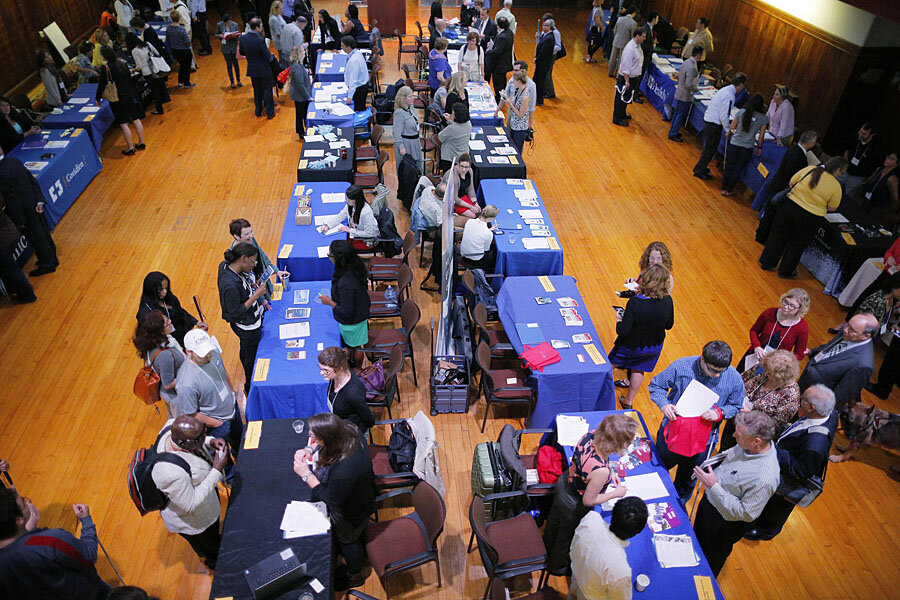US jobless claims rise 17K, but still lowest since 2000
Loading...
The number of Americans filing new claims for unemployment benefits rose last week, but the underlying trend firmly pointed to strengthening labor market conditions.
Initial claims for state unemployment benefits increased 17,000 to a seasonally adjusted 283,000 for the week ended Oct. 18, the Labor Department said on Thursday.
That followed three straight weeks of declines, which had pushed claims to levels last seen in 2000. Last week's increase was in line with economists' expectations.
The four-week moving average of claims, considered a better measure of labor market trends as it irons out week-to-week volatility, fell to 281,000, the lowest level since May 2000, from a revised 284,000 in the previous week.
"It shows that job creation continued to forge ahead in October," said Jennifer Lee, a senior economist at BMO Capital Markets in Toronto.
Prices for U.S. Treasury debt fell to session lows, while the dollar rose to near a two-week high against the yen. U.S. stock futures were pointing to a higher open.
The claims data covered the week during which the government surveys businesses for October's nonfarm payrolls. The four-week average fell 18,750 between the September and October survey periods, suggesting another month of solid employment gains.
Payrolls increased by 248,000 last month and the jobless rate fell below 6 percent for the first time since July 2008.
The jobless claims report showed the number of people still receiving benefits after an initial week of aid fell 38,000 to 2.35 million in the week ended Oct. 11.
That was the lowest reading for the so-called continuing claims since December 2000, suggesting that some of the long-term unemployed were finding jobs.







